The automotive industry has witnessed tremendous evolution over the past several decades, and at the forefront of this revolution have been Japanese car manufacturers, particularly Toyota and Honda. These two brands, with their deep-rooted histories and innovative approaches, have not only shaped Japan’s automotive industry but also made significant impacts on the global car market. Their success is not an accident; it is a result of strategic vision, technological innovation, and an unyielding commitment to quality and efficiency.
In this article, we will explore the rise of Toyota and Honda, examining how these two companies have managed to maintain their leadership positions in the competitive global automotive market. We will discuss their key strategies, innovations, and the challenges they have faced along the way. From their early years to their current status as industry giants, the story of Toyota and Honda is one of resilience, adaptability, and forward-thinking.
1. The Early Days: How Toyota and Honda Built Their Foundations
A. Toyota’s Founding and Early Success
Founded in 1937 by Kiichiro Toyoda, Toyota Motor Corporation has grown to become one of the largest car manufacturers in the world. The company’s roots go back to the Toyota Automatic Loom Works, a textile company founded by Kiichiro’s father, Sakichi Toyoda. Kiichiro’s interest in automobiles led him to the establishment of Toyota’s automotive division, which initially focused on producing vehicles for the domestic market.
Toyota’s early years were marked by a commitment to innovation and efficiency. In 1936, Toyota produced its first passenger car, the Model AA, which set the stage for the company’s future success. However, it was during the 1950s and 1960s that Toyota began to gain international recognition.
In the post-war period, Japan’s automotive industry was in its infancy, and the global market was dominated by American and European carmakers. However, Toyota took advantage of the post-war reconstruction and the increasing demand for affordable vehicles. The company’s focus on producing high-quality, low-cost cars for the mass market led to the release of the Toyota Corolla in 1966, which would become one of the best-selling cars in the world.
B. Honda’s Rise as a Motorcycle and Car Manufacturer
Honda’s journey began in 1948, when Soichiro Honda and Takeo Fujisawa co-founded Honda Motor Co., Ltd. Initially, Honda focused on producing motorcycles, capitalizing on the post-war need for affordable and efficient personal transportation. The company’s innovative approach to motorcycle design, including the development of the iconic Honda Cub, helped it become one of the largest motorcycle manufacturers in the world.
Honda’s success in the motorcycle market provided the foundation for its foray into automobile production. In 1963, Honda introduced its first car, the Honda T360, a small pickup truck designed for the Japanese market. While initially focused on compact cars, Honda began to expand its offerings in the 1970s, producing the Civic, which would go on to become one of the most influential compact cars of all time.
Honda’s ability to blend innovation with practicality and reliability made it a formidable player in both the motorcycle and automotive industries.
2. Innovation and Technological Advancements: The Toyota and Honda Approach
Both Toyota and Honda have distinguished themselves through their commitment to technological innovation. Over the years, these companies have introduced groundbreaking advancements in automotive technology that have not only set them apart from their competitors but also helped shape the direction of the global automotive industry.
A. Toyota’s Technological Innovations
- The Toyota Production System (TPS): One of the cornerstones of Toyota’s success is its revolutionary approach to manufacturing known as the Toyota Production System. Developed in the 1940s and 1950s by Taiichi Ohno and others, TPS emphasizes lean manufacturing, efficiency, and continuous improvement (Kaizen). The system focuses on reducing waste, improving quality, and optimizing productivity. This has enabled Toyota to produce cars more efficiently, with fewer defects, and at a lower cost than many of its competitors.
- Hybrid Technology: The Prius: Toyota was one of the pioneers in hybrid technology, and in 1997, the company launched the Toyota Prius, the world’s first mass-produced hybrid car. The Prius became an icon in the automotive world, offering a combination of fuel efficiency, environmental consciousness, and practicality. Toyota’s commitment to hybrid technology has helped the company maintain a leading position in the market as consumers increasingly prioritize eco-friendly options.
- Hydrogen Fuel Cell Vehicles (FCVs): In addition to hybrid vehicles, Toyota has also invested in hydrogen fuel cell technology as part of its commitment to reducing carbon emissions. The Toyota Mirai, launched in 2014, is one of the world’s first mass-produced hydrogen fuel cell vehicles. While hydrogen vehicles are still in the early stages of adoption, Toyota’s investment in this technology shows its long-term commitment to sustainability and innovation.
B. Honda’s Technological Prowess
- VTEC Technology: One of Honda’s most significant innovations is its VTEC (Variable Valve Timing and Lift Electronic Control) system, which was introduced in the 1980s. VTEC technology allows the engine to adjust its valve timing based on speed and load, improving both fuel efficiency and performance. This system has become a hallmark of Honda’s engineering and is used in many of the company’s performance-oriented models, such as the Civic Type R.
- Electric Vehicle and Hybrid Advancements: Honda has also made strides in the development of electric and hybrid vehicles. The Honda Insight, introduced in 1999, was one of the first hybrid cars available in the U.S. market, predating the Toyota Prius. Since then, Honda has continued to innovate in the hybrid and electric vehicle space, with models like the Honda Clarity and the Honda Fit EV.
- Advanced Safety Features: Honda has been a leader in integrating advanced safety technologies into its vehicles. The company’s Honda Sensing suite of safety features includes adaptive cruise control, lane-keeping assist, collision mitigation braking, and road departure mitigation. These technologies have helped Honda maintain a strong reputation for safety and reliability.
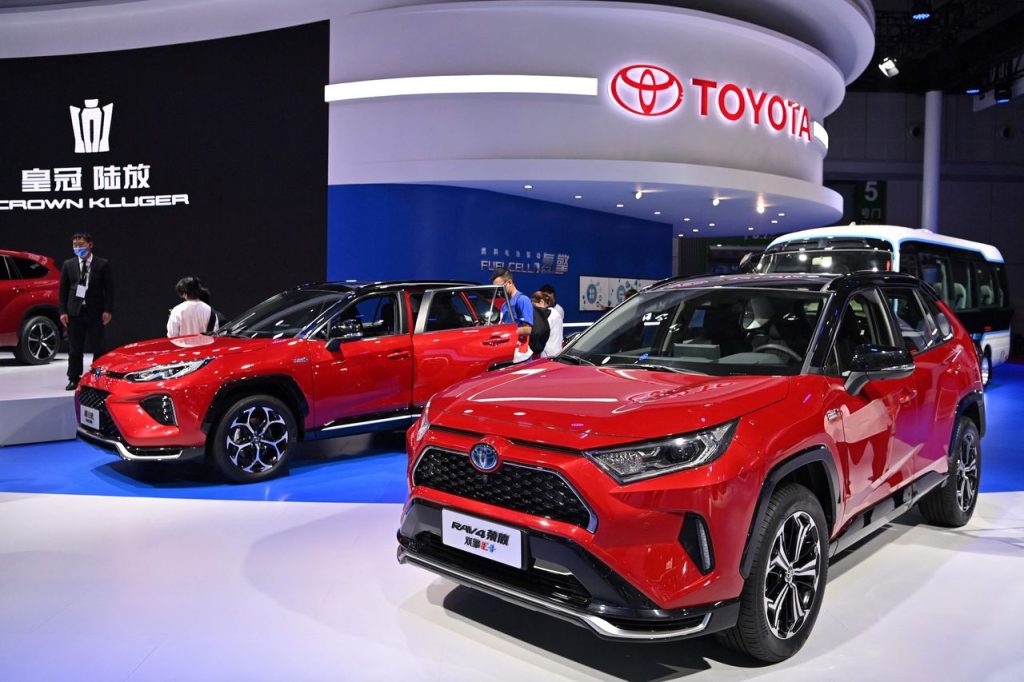
3. Global Expansion: How Toyota and Honda Gained Worldwide Recognition
Both Toyota and Honda have expanded their reach far beyond Japan’s borders, establishing themselves as global automotive powerhouses. Their international expansion has been a key factor in their continued success and dominance in the automotive industry.
A. Toyota’s Global Presence
Toyota’s global strategy has been characterized by a focus on establishing production plants in key markets and creating vehicles that cater to regional tastes and needs. The company’s success in markets like the United States, Europe, and Asia can be attributed to its ability to adapt to local consumer preferences while maintaining high standards of quality and efficiency.
- The United States Market: Toyota made a significant impact in the United States during the 1970s and 1980s, when it began to produce vehicles locally and compete directly with American and European carmakers. The company’s production facilities in the U.S. allowed it to offer more affordable and reliable cars, which resonated with American consumers. Toyota’s success in the U.S. culminated in its becoming the top-selling automaker in the country in recent years, surpassing General Motors.
- Europe and Other Global Markets: Toyota’s expansion into Europe and other markets has been equally successful, with the company offering a wide range of models tailored to European tastes, including compact cars, hybrids, and luxury vehicles. The company’s global presence is now bolstered by its production plants in over 27 countries, making it one of the most well-established automakers in the world.
B. Honda’s International Strategy
Honda’s global expansion has focused on its strengths in both motorcycles and automobiles. The company has established a strong presence in key markets, including North America, Europe, and Asia, through both manufacturing plants and strategic partnerships.
- North America: Honda made its mark in the U.S. during the 1970s with the introduction of the Civic, which quickly became a popular choice for American consumers due to its affordability, fuel efficiency, and reliability. Honda’s success in North America grew over the decades as the company expanded its lineup to include more diverse models such as the Accord, CR-V, and Odyssey. Honda also established manufacturing plants in the U.S. to produce vehicles locally, which helped reduce costs and cater to regional consumer preferences.
- Europe and Asia: Honda’s expansion into Europe was met with success as the company adapted its models to the needs of European consumers. In Asia, Honda capitalized on the growing demand for small cars and motorcycles, becoming one of the top-selling brands in countries like India and China.
4. Challenges Faced by Toyota and Honda in the Global Market
While Toyota and Honda have enjoyed immense success on the global stage, their journey has not been without challenges. From economic downturns to environmental regulations, both companies have had to navigate a variety of obstacles to maintain their competitive edge.
A. Economic and Market Fluctuations
Global economic recessions and fluctuations in market demand have posed significant challenges for both Toyota and Honda. The 2008 global financial crisis, for example, had a severe impact on the automotive industry, forcing many manufacturers to cut back on production and scale down their operations. However, both companies managed to weather the storm by maintaining a focus on cost-efficiency, quality, and innovation.
B. Environmental Regulations and Sustainability Challenges
As governments around the world have increased their focus on environmental sustainability, both Toyota and Honda have had to adapt to stricter emissions standards and push for cleaner technologies. The rise of electric vehicles (EVs) has also posed a challenge, as both companies have had to rapidly invest in EV technology to remain competitive in the changing market.
Despite these challenges, Toyota and Honda have both responded by increasing their investment in hybrid and electric vehicles, as well as hydrogen fuel cell technology, ensuring that they remain at the forefront of the industry’s sustainability efforts.
5. Looking to the Future: What’s Next for Toyota and Honda?
The future of Toyota and Honda looks promising, as both companies continue to innovate and adapt to changing market conditions. With the rise of electric vehicles, autonomous driving technology, and advanced safety features, the next chapter in their history will likely be defined by how they navigate the rapidly evolving automotive landscape.
A. Electric and Autonomous Vehicles
Both Toyota and Honda are actively developing electric and autonomous vehicles, aiming to meet the demands of environmentally conscious consumers and stay ahead of technological trends. Toyota’s hydrogen fuel cell technology, alongside its push for electric vehicles like the Toyota bZ4X, shows its commitment to a sustainable future. Honda, with its electric models like the Honda e and upcoming hybrid offerings, is also ensuring that it remains relevant in an increasingly electric world.
Conclusion:
The rise of Toyota and Honda has been nothing short of extraordinary. Their success in the global automotive market is a testament to their commitment to innovation, quality, and consumer satisfaction. By embracing technological advancements, expanding into international markets, and addressing the challenges of sustainability, Toyota and Honda have secured their positions as two of the most influential brands in the automotive industry. As they continue to evolve and adapt to the demands of the future, there is little doubt that both brands will remain at the forefront of the global car market for years to come.


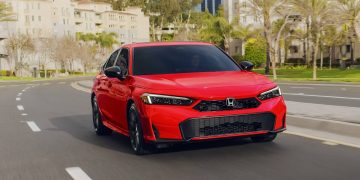
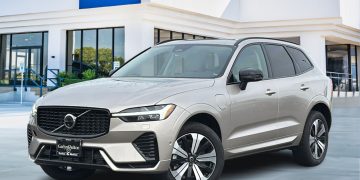


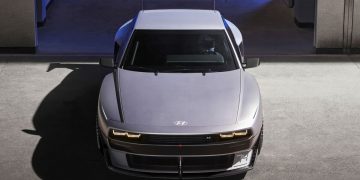
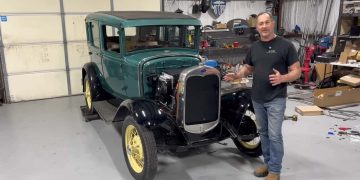







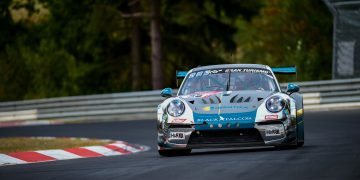


















Discussion about this post